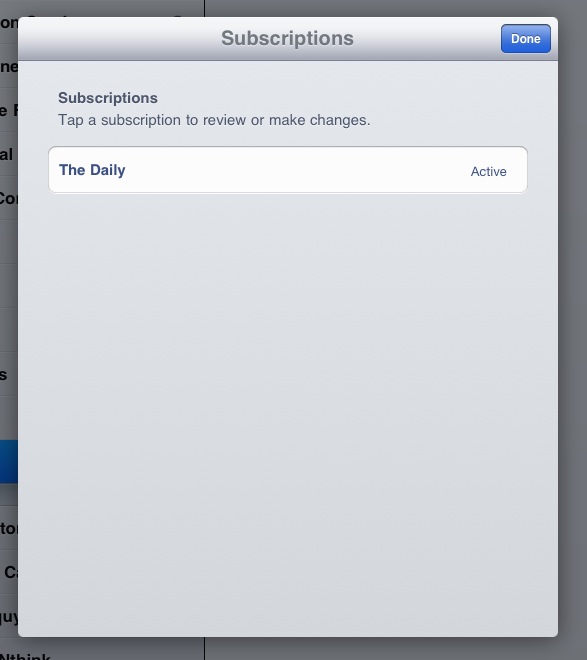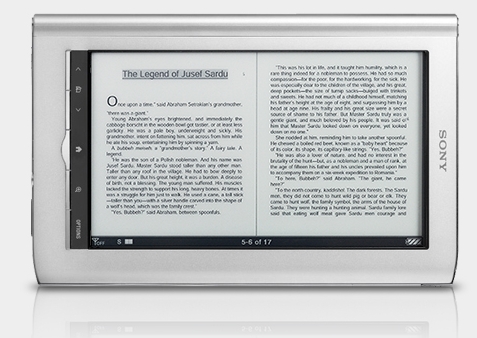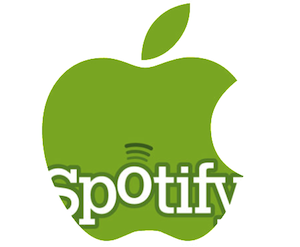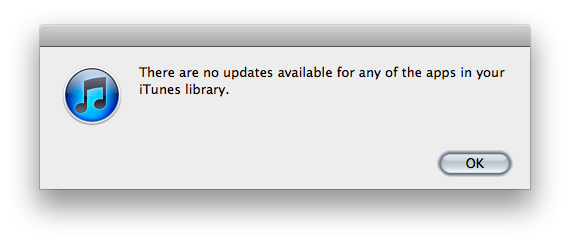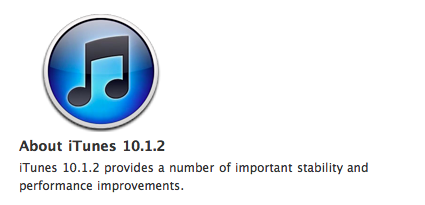With the launch of The Daily this morning, Apple also introduced the long-rumored subscriptions for apps, which allow you to automatically get an app’s new content as long as you pay a weekly or annual fee. At least that’s how it works with The Daily, and we have collected all the details about News Corp’s subscription implementation here.
I was curious to see how subscriptions worked on Apple’s end though, so I tried to manually activate a new 7-day subscription in The Daily to see what would happen in my iTunes account. At first I couldn’t activate a new subscription (besides the two-week free trial period offered by Verizon Wireless), so I waited a couple of hours and tried again. Inside The Daily, you can access subscription management through the Settings. Choose your subscription, confirm that you’re willing to give out your personal information like zip code, name and email to “the publisher” (in our case, The Daily Holdings), enter your Apple ID password and tap Done. In the current version of The Daily, there is no confirmation of a successful subscription. Read more



